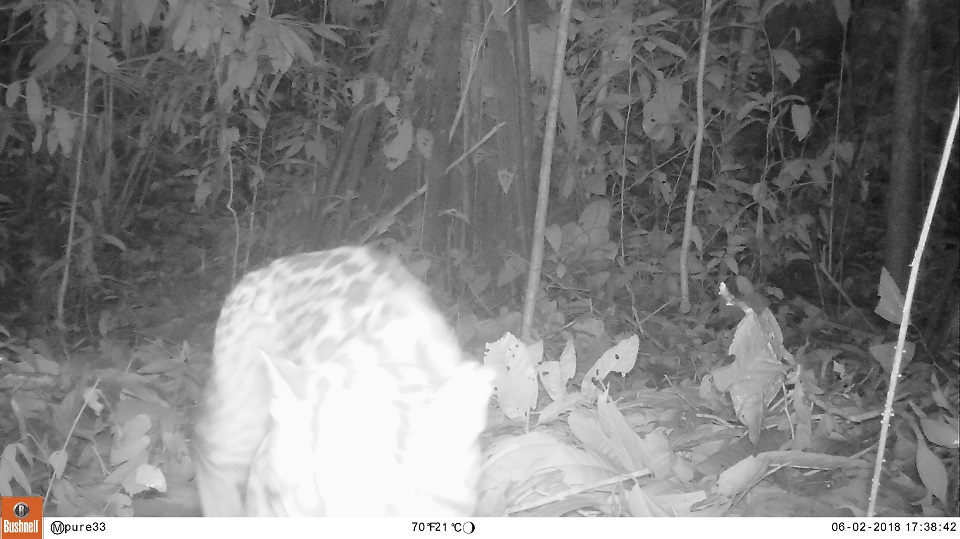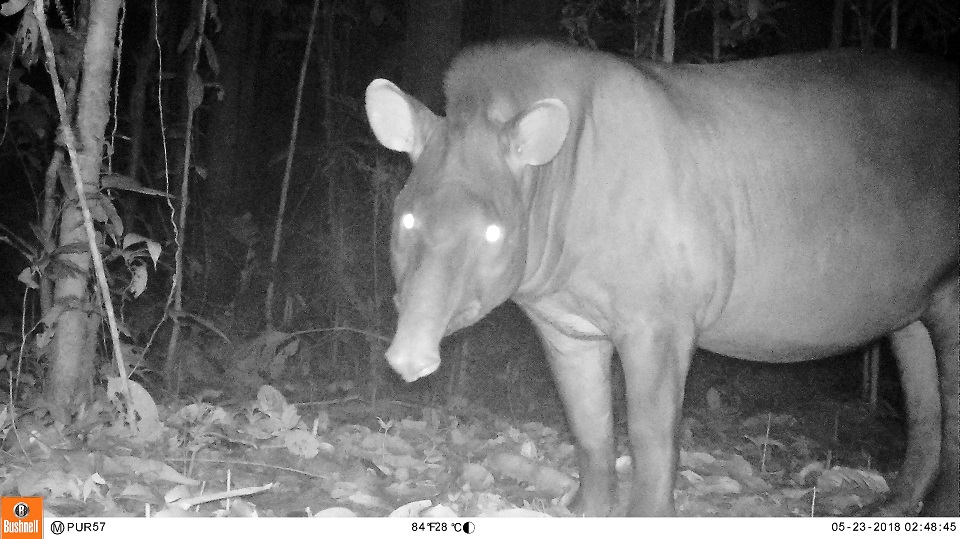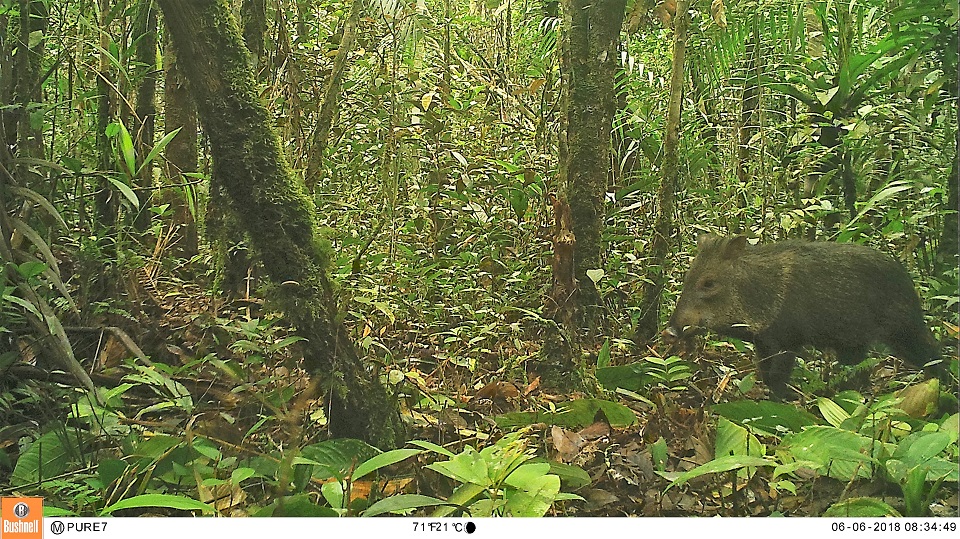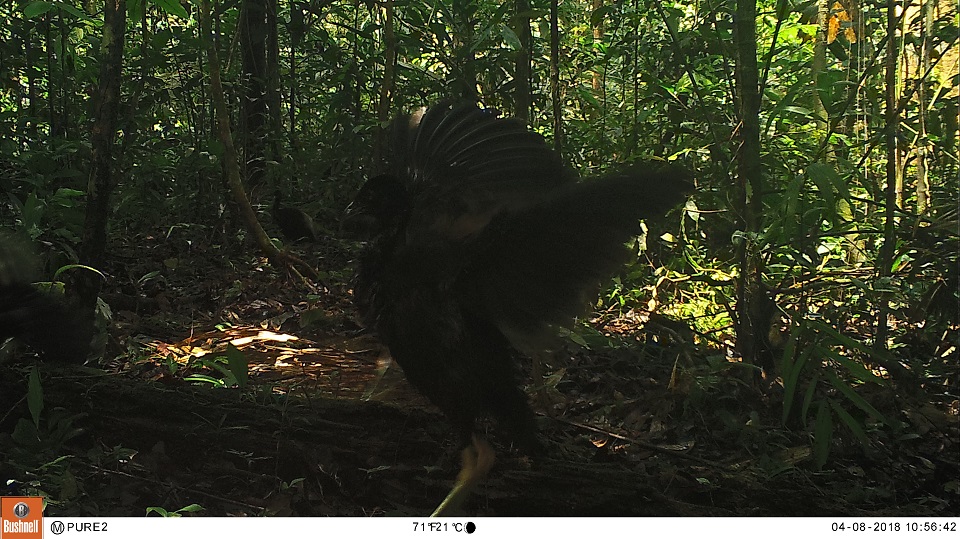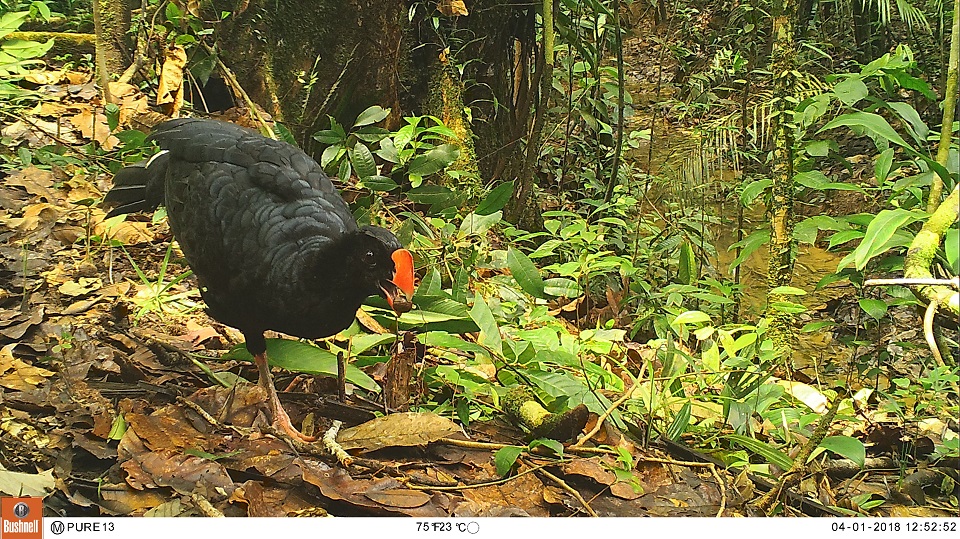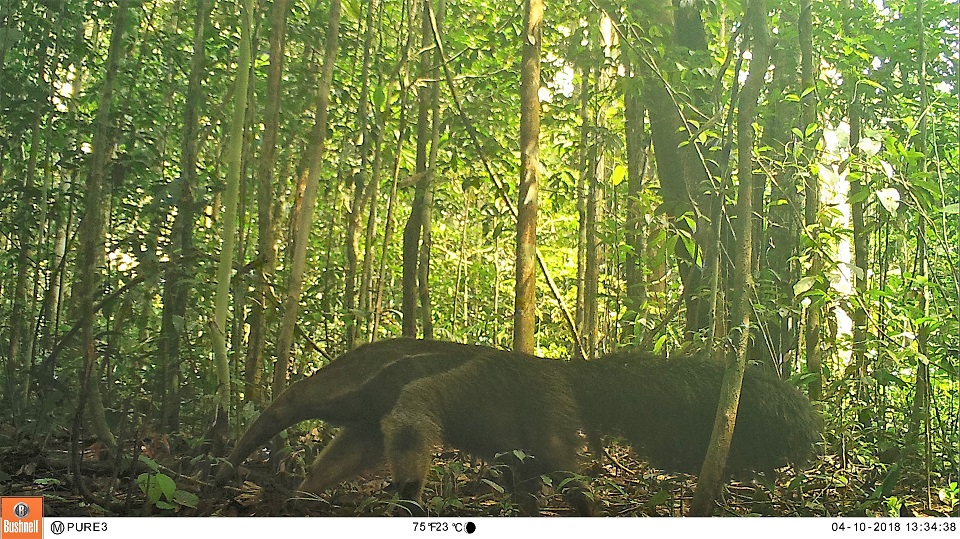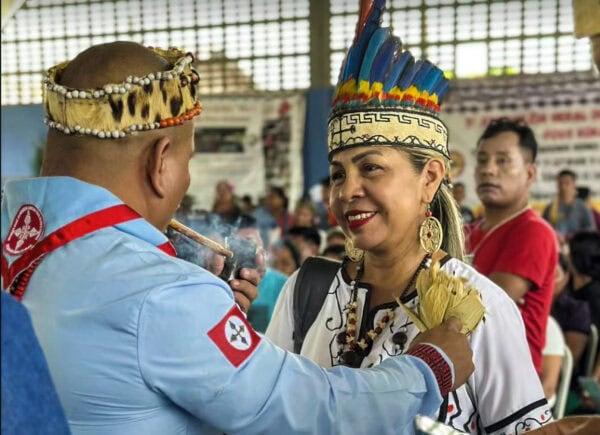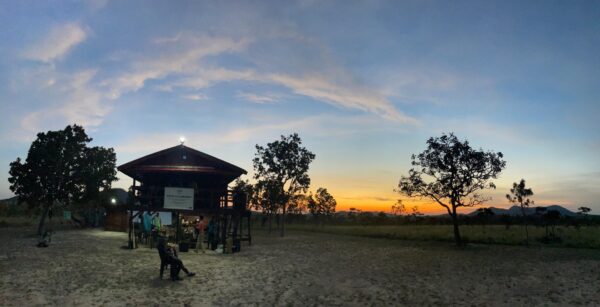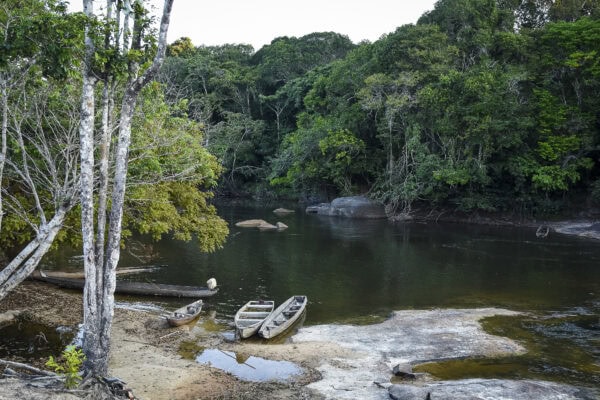Original article appears in El Espectador. Written by Redacción
Medio Ambiente.
This is the first time that this type of monitoring is being carried out in this protected area. Oncillas, tapirs and anteaters were among the animals recorded.
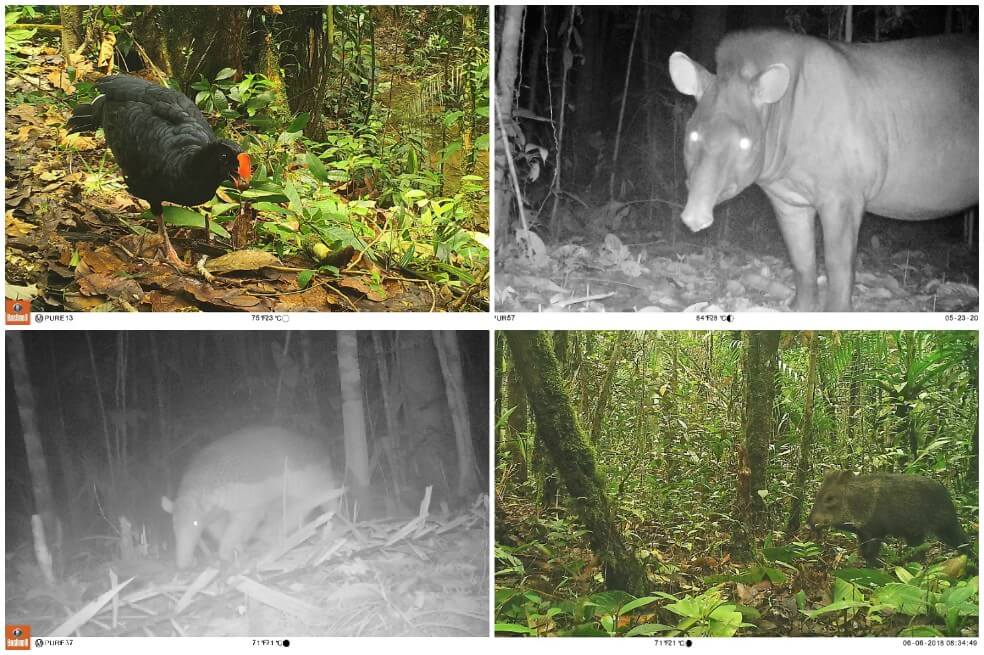
The camera traps are not being placed in the vicinity of areas where indigenous peoples exist in isolation. Courtesy: Colombian National Parks System.
Oncillas, tapirs, anteaters, two species of deer, foxes, ring-tailed coatis, peccaries, opossums, armadillos, blue-billed curassows and lowland pacas are just some of the 30 species that have been reported in the Río Puré National Parkt hanks to a first camera trap monitoring program.
“This achievement was realized thanks to a partnership between Colombia’s National Parks System, the Amazon Conservation Team and Conservation International Colombia. Between March and June 2018, for the first time, 60 camera traps were installed to confirm the presence, the occupation of habitats, and the behavior of forest animals,” the Colombian National Parks System explained in a statement.
Although the cameras were located in only 0.6% of the protected area, 30 species were recorded there, demonstrating that it is a place rich in biodiversity.
The Río Puré National Park is located in the eastern part of the Colombian Amazon Plains on the border with Brazil, and is located in a fairly isolated and difficult-to-access area, which is why this type of monitoring had previously never been carried out. In fact, in order to reach the area where the camera trapping was installed, the researchers had to travel approximately 600 km along the river, which took approximately four days of continuous travel. In addition, they hiked through thick vegetation in order to locate the sites they had previously selected and to install the camera traps.
“This achievement strengthens the monitoring process as well as knowledge regarding populations of mammals and other terrestrial vertebrates within the protected area and in the Colombian Amazon in general, and, in turn, profiles Puerto Franco as an important center for biological research,” noted the National Parks System. In addition, the entity points out that it is “important to clarify that the camera traps are not being placed in the vicinity of areas where indigenous peoples in isolation that live in this protected area are present.”
Media Relations
For press release inquiries, please contact us at info@amazonteam.org.
Related Articles
Share this post
Bring awareness to our projects and mission by sharing this post with your friends.


